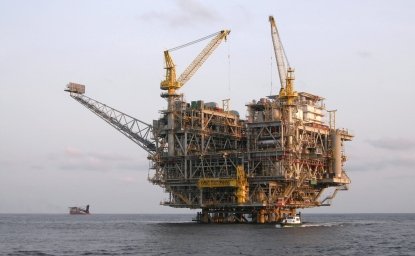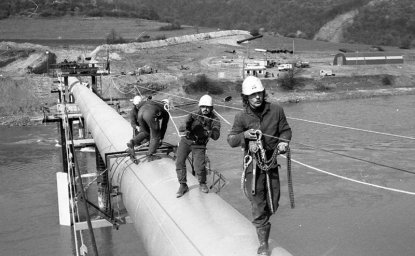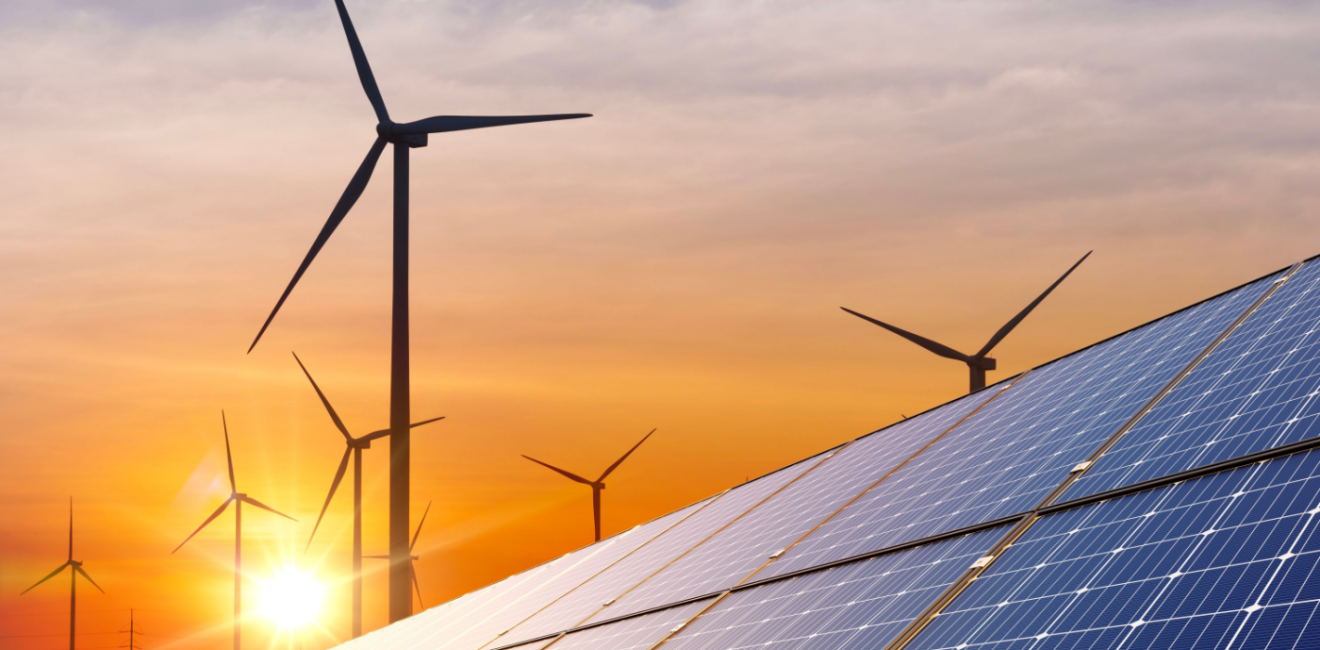By Morgan Bazilian and Thijs Van de Graaf
The International Energy Agency (IEA) is marking its 50-year anniversary.
From its origins as a relatively unknown analytical body primarily focused on oil security for a select group of OECD members, it has evolved significantly.
Today, the IEA also confronts pressing global issues such as climate change and mineral security. Its expanding collaboration with countries like India underscores its increasing global influence.
However, the IEA’s transformation is not devoid of challenges or criticism. It faces intensified scrutiny within the increasingly politicized arena of energy policy, a massive global energy crisis that has refocused attention on energy security, and the urgent imperative of achieving net-zero emissions.
Redefining Energy Security
Energy security has long been a central goal of both domestic and foreign policy. In the US, it harkens back to the Eisenhower and Carter doctrines committing US forces to minding the Strait of Hormuz and the Arabian Sea.
In the UK, the tales of Churchill and Fisher moving the Royal Navy from domestic coal to imported oil have achieved nearly legendary status. But doing so traded huge gains in efficiency and vessel range for lasting dependence on strategic resources sourced from abroad.
Today there are new technologies, new priorities for society, a new focus for capital, and thus new ways to think about energy security.
Geopolitical shocks and the race to net zero emissions have brought into focus supply chain security for key energy technologies—from solar panels, to heat pumps, electrolyzers and batteries—as well as the demand side of the energy security equation.
Yet, the IEA’s definition of energy security is still largely focused on supply – that is the supply of fuels like oil. The ongoing security crisis in the Red Sea, the ongoing Ukraine War, attacks on Gulf refineries, and other conflict underscores the persistent importance of fuel supply security.
Oil Market Dynamics and the OPEC Rivalry
The IEA was established as a response to the global oil crisis of 1973 as a way for oil importers to have a way to discuss the big issues of oil security.
It also established a mechanism for countries to agree to a minimum amount of oil to have on hand in the case of another shock. Until recently, that emergency tool had only been activated three times: during the first Gulf War, after hurricane Katrina, and in 2011 during the Libyan Crisis.
In 2022, in the wake of Russia’s invasion of Ukraine, the IEA decided in two steps to release no less than 182.7 million barrels, the largest collective drawdown of emergency stocks ever. As the move was not preceded by an immediate supply shock, it prompted criticism that the Biden administration was using it for political gains – to combat inflation and rising energy prices ahead of the 2022 midterm elections.
Perhaps not surprisingly, the move also drew criticism from OPEC. At the time of its founding, the IEA’s relations with OPEC were antagonistic, but a thaw in the relations had set in since the end of the Cold War. A producer-consumer dialogue ensued and was formalized in the form of the International Energy Forum, based in Riyadh.
Today, the relationship has soured again. OPEC countries are upset by the oil price cap that the West has imposed on Russia, fearing the mechanism could one day be directed against them. The oil producer club is also upset by the IEA’s projection that demand for fossil will peak before the end of the decade, describing such a narrative as “extremely risky,” “impractical” and “ideologically driven.”
Navigating Political Crosscurrents
Over the last decade especially, the IEA has come under increasing pressure. First from left leaning organizations and climate activists around its under-estimation of renewable energy and its alleged bias against those forms of energy.
Such criticism even led some founding IEA member countries to strike out on their own, and set up the International Renewable Energy Agency (IRENA) in 2009. That agency also celebrated its anniversary this year, turning 15. It already boasts an impressive 169 members, far more than the IEA’s 31 members.
Still, criticism of the IEA did not dissipate. In April 2019, a group business leaders, scientists and campaigners criticized the IEA’s World Energy Outlook for not considering the tougher temperature goal of the Paris Agreement. The IEA also faced a campaign to make its data publicly available, rather than locked after paywalls.
Most recently, criticism, largely from the political right have come in the form that the organization has become too climate focused, and that is clouding its analytical rigor.
Both critiques are not terribly helpful or illuminating. Rather, any international organization must be understood to be political to some degree.
Further, the IEA has a relatively modest budget for an international organization. That budget come from countries – namely the small group of wealthy OECD nations. Those countries have shifting politics, and that comes across in funding requests—strings attached funding.
The United States is the largest funder of the Agency—its politics, therefore, have a larger impact than others. That said, the EU and Japan also have considerable weight.
It is no small feat to juggle this dynamic backdrop—fundamentally political—for an organization that aspires to do rigorous and balanced analysis.
Forging Ahead: Dr. Birol’s Vision
Its current leadership, Dr. Fatih Birol is a former Chief Economist of OPEC and then of the IEA itself. He has made some rather significant changes to the scope of the Agency and its focus.
Perhaps the most important, is his focus on expanding the breadth of membership and scope to countries outside the OECD who are critical to global energy markets—think China and India. But, others, too like South Africa, etc.
He has also prioritized areas of late that are not on the top-tier political list of most members, such as clean cooking. An area that causes millions of deaths each year and is imminently addressable from a technological perspective.
Until recently, the IEA was not well known outside of energy circles. Yet, the worst energy crisis in 50 years, combined with the pressing need to address climate change, have changed that. As the IEA moved into the limelight, it has also faced more scrutiny.
Amidst this politically charged landscape, the IEA must both stick to its core strengths - being a source of high-quality energy data and analysis - while also continuing to evolve its mandate and outreach for the challenges of the 21st century.
Contributor

Director of the Payne Institute and Professor at the Colorado School of Mines

Wahba Institute for Strategic Competition
The Wahba Institute for Strategic Competition works to shape conversations and inspire meaningful action to strengthen technology, trade, infrastructure, and energy as part of American economic and global leadership that benefits the nation and the world. Read more

Explore More
Browse Insights & Analysis
La esencia de la infraestructura global: perspectivas del líder de la industria Matt Harris

Debunking the Patient Capital Myth: The Reality of China’s Resource-Backed Lending Practices


